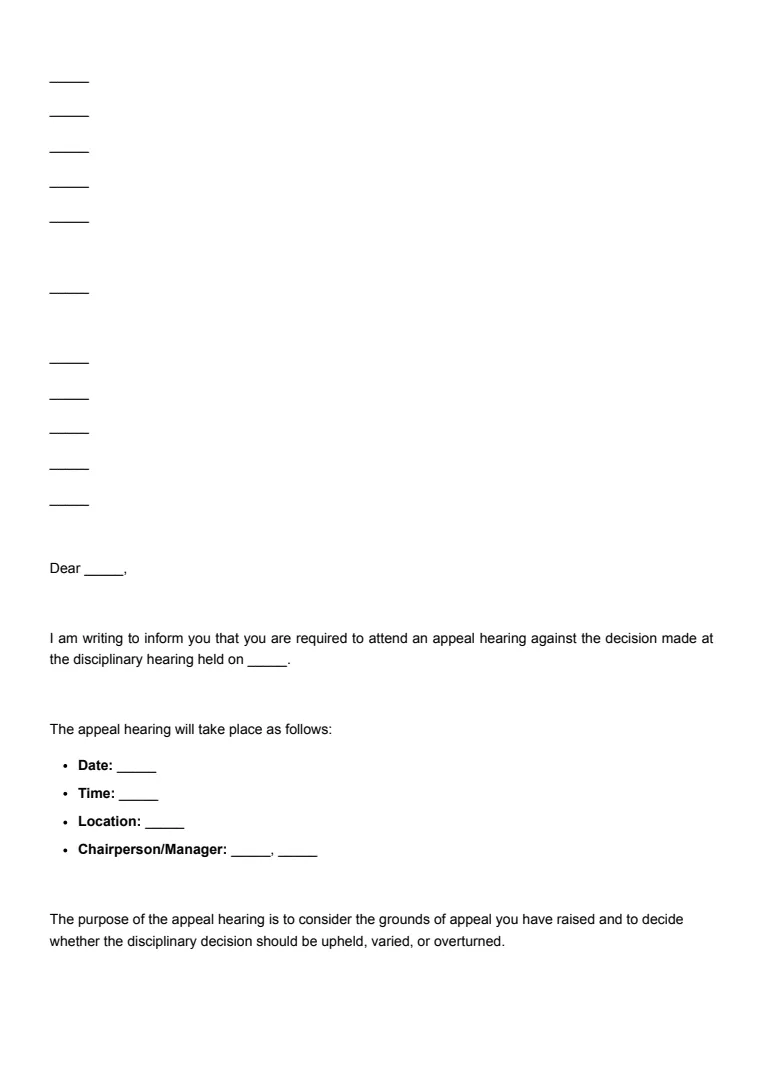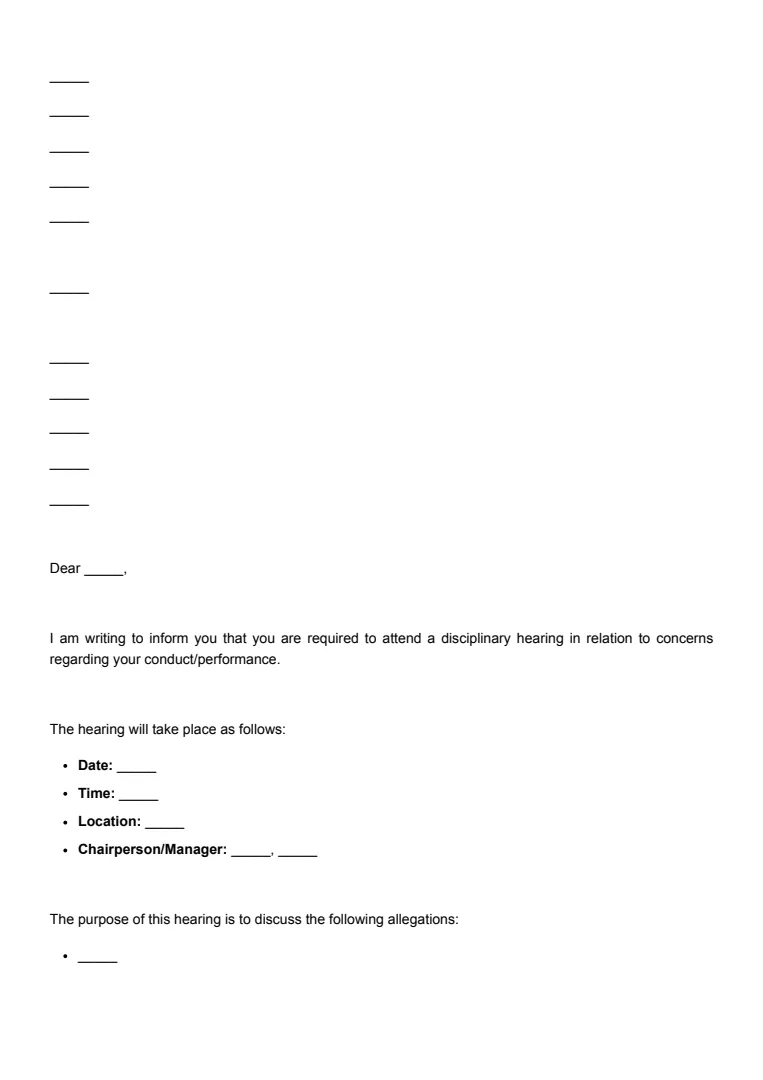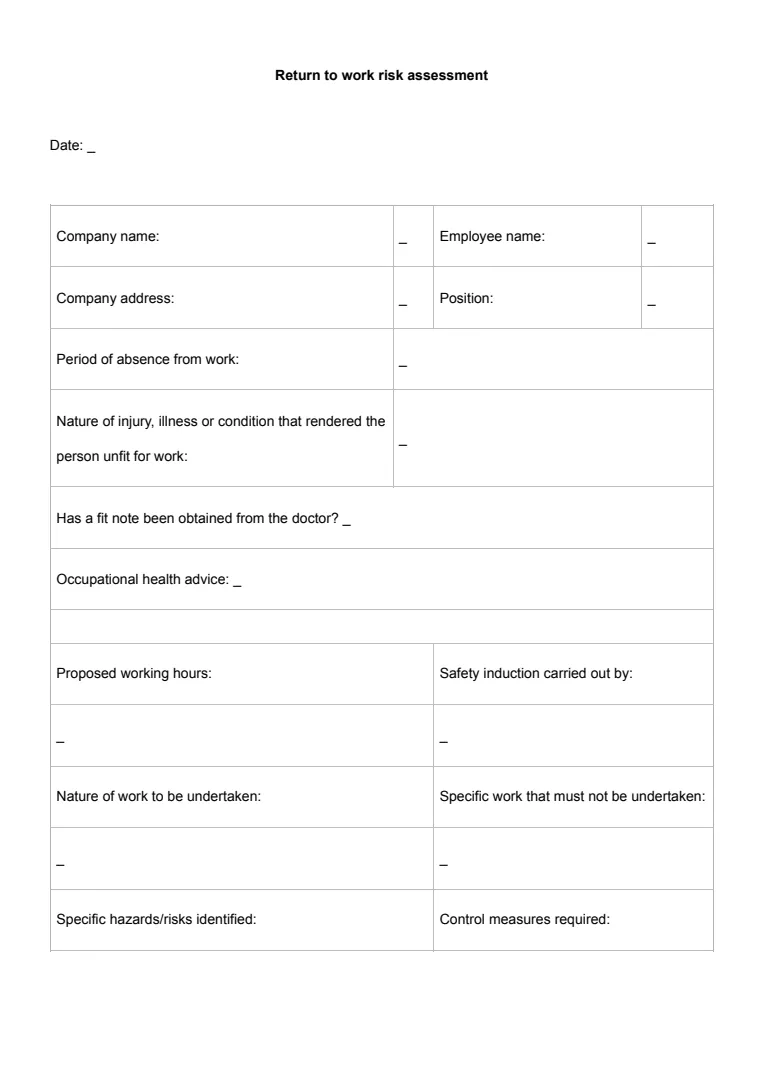What Is a Settlement Agreement?
A settlement agreement is a particular type of legal contract between you and your employer and can also be referred to as a compromise agreement. It's commonly used in employment law in England and Wales.
In this agreement, you often agree not to pursue any legal claims against your employer regarding your employment or its end.
These documents are not just for show; they’re legally binding agreements. This means once you've signed on the dotted line, you're giving up the right to take your employer to court on matters covered by the agreement.
Typically, settlement agreements involve a negotiation where you might receive some form of payout or severance in exchange for waiving your rights to bring certain claims against your employer. This might include claims around unfair dismissal or discrimination.
For a settlement agreement to be valid, certain conditions must be met. Firstly, it has to be in writing. You should also get independent legal advice on the terms. This ensures you completely understand what you’re agreeing to.
These agreements are often proposed to wrap things up quickly and neatly, avoiding long legal processes. They can be straightforward, or if the issues at hand are complex, they might take a bit longer to finalise.
When Is a Settlement Agreement Needed?
If you're in a situation where the termination of employment is being discussed, a settlement agreement often comes into play. This agreement is crucial when both parties want to ensure a clean exit without further claims or disputes.
If you’re an employer, it's beneficial to have a settlement agreement when you need to ensure that no legal actions concerning unfair dismissal or discrimination will follow after the employment ends. This agreement can include confidentiality aspects, preventing sensitive company information from being disclosed.
If you’re an employee, you might seek a settlement agreement if you’ve experienced issues like workplace bullying or redundancy and require a secure exit with a guaranteed compensation package. Such an agreement can provide certainty about the terms of departure, including notice periods and financial settlements.
When complex situations arise, like potential breaches of contract or disputes over lost wages, a settlement agreement helps resolve matters amicably.
Both parties can negotiate terms without the conversation being used later in tribunal settings, thanks to specific provisions like ‘without prejudice’. Listing out these needs can be helpful for:
- Employment disputes: Disagreements or conflicts at work.
- Redundancy: When jobs are no longer needed.
- Health issues: If you're unable to continue working due to health concerns.
- Performance issues: Situations where performance isn't meeting standards.
It may be beneficial to reach out for legal advice to tailor the agreement to your specific needs.
How to Write a Settlement Agreement
Creating a settlement agreement involves several key steps to ensure it's legally sound and fair. It's crucial to approach this task methodically.
Step 1: Understand the Purpose
A settlement agreement is a legal contract between parties and is used to resolve a dispute. You need to know exactly what the agreement covers and the obligations of each party.
Step 2: Consult a Solicitor
Before drafting, seek legal advice.
A solicitor can provide insights into the legal implications and help you avoid mistakes that might lead to unenforceability or disputes.
Step 3: Identify Parties and Terms
Clearly list all parties involved using full legal names and addresses.
Define important terms such as the claim being settled, payment amounts, and any additional conditions like non-disclosure clauses.
Step 4: Detail Financial Terms
Specify financial aspects, including legal costs and compensation.
Include any payment for outstanding salary or holiday pay if it's employment-related. Ensure the amounts and payment schedule are precise.
Step 5: Include Key Clauses
Incorporate clauses that cover confidentiality, non-derogatory statements, and termination conditions.
These clauses must be balanced to protect both parties' interests.
Step 6: Review and Negotiate
Once drafted, both parties should review and possibly negotiate terms.
This step might involve further legal fees but is essential to ensure mutual agreement and understanding.
Step 7: Final Draft and Approval
After negotiations, create a final version of the document.
Check it carefully together with your employment solicitor to ascertain it's legally binding and reflects the agreed terms.
Step 8: Signing the Agreement
Both parties must sign the agreement for it to be valid. Ensure the person signing has the authority to bind their respective party legally.















